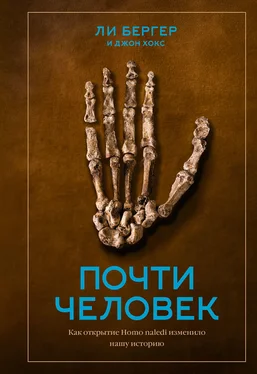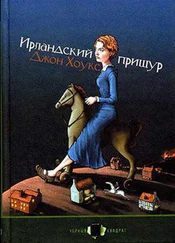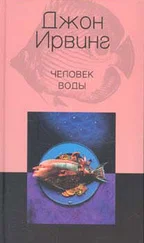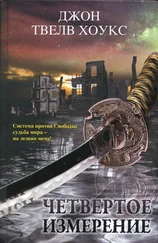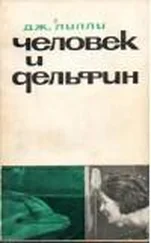De Ruiter, D. J., et al. “Mandibular remains support taxonomic validity of Australopithecus sediba .” Science 340, № 6129 (2013): 1232997.
DeSilva, J. M., et al. “The lower limb and mechanics of walking in Australopithecus sediba. ” Science 340, № 6129 (2013): 1232999.
Dirks, P. H., et al. “Geological setting and age of Australopithecus sediba from southern Africa.” Science 328, № 5975 (2010): 205–208.
Dirks P., et al. “Geological and taphonomic context for the new hominin species Homo naledi from the Dinaledi Chamber, South Africa.” eLife 4 (2015): e09561.
Gabunia, L., and A. A. Vekua. “Plio-Pleistocene hominid from Dmanisi, East Georgia, Caucasus.” Nature 373, № 6514 (1995): 509–512.
Gibbons, A. “Anthropological Casting Call.” Science (2012). Доступно online: sciencemag.org/news/2012/04/anthropological-casting-call.
Hartstone-Rose, A., et al. “The Plio-Pleistocene ancestor of wild dogs, Lycaon sekowei n. sp.” Journal of Paleontology 84, № 2 (2010): 299–308.
Henry, A. G., et al. “The diet of Australopithecus sediba. ” Nature 487, № 7405 (2012): 90–93.
Hughes, A. R., and P. V. Tobias. “A fossil skull probably of the genus Homo from Sterkfontein, Transvaal.” Nature 265, № 5592 (1977): 310–312.
Irish, J. D., et al. “Dental morphology and the phylogenetic ‘place’ of Australopithecus sediba. ” Science 340, № 6129 (2013): 1233062.
Johanson, D., and M. A. Edey. Lucy: The beginnings of humankind. Simon and Schuster, 1981.
Keyser, A. W., et al. “Drimolen: A new hominid-bearing site in Gauteng, South Africa.” South African Journal of Science 96, № 4 (2000): 193–197.
Kibii, J. M., et al. “A partial pelvis of Australopithecus sediba. ” Science 333, № 6048 (2011): 1407–1411.
Kimbel, W. H. “Palaeoanthropology: Hesitation on hominin history.” Nature 497, № 7451 (2013): 573–574.
Kivell, T. L., et al. “ Australopithecus sediba hand demonstrates mosaic evolution of locomotor and manipulative abilities.” Science 333, № 6048 (2011): 1411–1417.
Leakey, L. S., P. V. Tobias, and J. R. Napier. “A new species of the genus Homo from Olduvai Gorge.” Nature 202 (1964): 7–9.
McGraw, W. S., and L. R. Berger. “Raptors and primate evolution.” Evolutionary Anthropology: Issues, News, and Reviews 22, № 6 (2013): 280–293.
McHenry, H. M., and L. R. Berger. “Body proportions in Australopithecus afarensis and A. africanus and the origin of the genus Homo. ” Journal of Human Evolution 35, № 1 (1998): 1–22.
McHenry, H. M., and L. R. Berger. “Limb lengths in Australopithecus and the origin of the genus Homo .” South African Journal of Science 94, № 9 (1998): 447–450.
Morell, V. Ancestral passions: The Leakey family and the quest for humankind’s beginnings. Simon and Schuster, 2011.
Mutter, R. J., L. R. Berger, and P. Schmid. “New evidence of the giant hyaena, Pachycrocuta brevirostris (Carnivora, Hyaenidae), from the Gladysvale Cave Deposit (Plio-Pleistocene, John Nash Nature Reserve, Gauteng, South Africa).” Palaeontologia Africana 37 (2001): 103–113.
Pickering, R., et al. “ Australopithecus sediba at 1.977 Ma and implications for the origins of the genus Homo. ” Science 333, № 6048 (2011): 1421–1423.
Roberts, D., and L. R. Berger. “Last interglacial human footprints from South Africa.” South African Journal of Science 93 (1997): 349–350.
Schmid, P., and L. R. Berger. “Middle Pleistocene hominid carpal proximal phalanx from the Gladysvale site, South Africa.” South African Journal of Science 93, № 10 (1997): 430–431.
Schmid, P., et al. “Mosaic morphology in the thorax of Australopithecus sediba .” Science 340, № 6129 (2013): 1234598.
Spoor, Fred. “Palaeoanthropology: Malapa and the genus Homo .” Nature 478, № 7367 (2011): 44–45.
Stynder, D. D., et al. “Human mandibular incisors from the late Middle Pleistocene locality of Hoedjiespunt 1, South Africa.” Journal of Human Evolution 41, № 5 (2001): 369–383.
Tobias, P. V. Into the Past: A Memoir. Picador Africa, 2005.
Tobias, P. V. “When and by whom was the Taung skull discovered?” // Para conocer al hombre: homenaje a Santiago Genovese. Mexico City: Universidad Nacional Autonoma da Mexico (1990): 207–213.
Tobias, P. V. Olduvai Gorge. Vol. 2. The cranium and maxillary dentition of Australopithecus (Zinjanthropus) boisei . Cambridge University Press, 1967.
Weber, G. W. “Virtual anthropology (VA): A call for glasnost in paleoanthropology.” Anatomical Record 265, № 4 (2001): 193–201.
White T. D. “A view on the science: Physical anthropology at the millennium.” American Journal of Physical Anthropology 113 (2000): 287–292.
White, T. D., et al. “ Ardipithecus ramidus and the paleobiology of early hominids.” Science 326, № 5949 (2009): 64–86.
Williams, S. A., et al. “The vertebral column of Australopithecus sediba. ” Science 340, № 6129 (2013): 1232996.
Zipfel, B., and L. R. Berger. “New Cenozoic fossil-bearing site abbreviations for the collections of the University of the Witwatersrand.” Palaeontologia africana 44 (2009): 77–81.
Zipfel, B., et al. “The foot and ankle of Australopithecus sediba. ” Science 333, № 6048 (2011): 1417–1420.
Все изображения костных фрагментов сделаны Джоном Хоксом. Обложка – Роберт Кларк, Джакет Флап, Бретт Элофф; публикуется с разрешения Университета Витватерсранда.
МАЛАПА
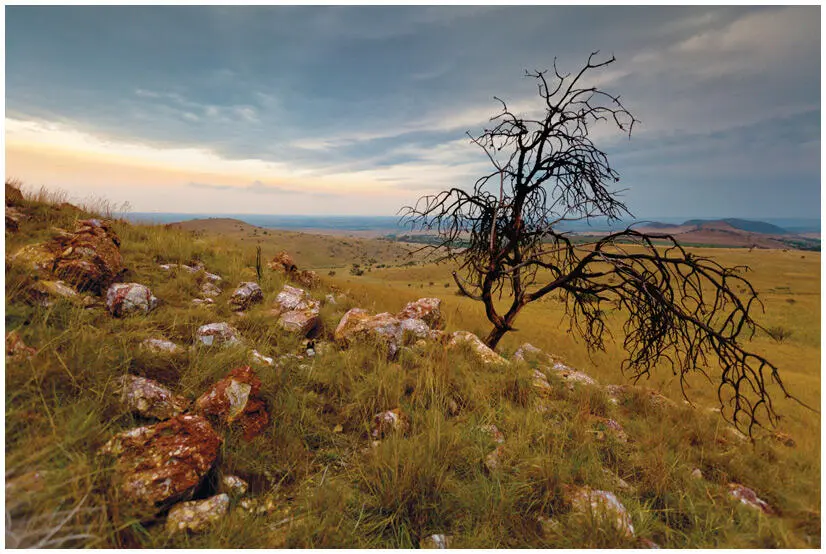
Около Йоханнесбурга. Колыбель человечества, охраняемый ЮНЕСКО памятник всемирного наследия, насчитывает великое множество местонахождений с ископаемыми останками гомининов, включая Малапу, где были обнаружены останки Australopithecus sediba. Брент Стертон (Getty Images Reportage)
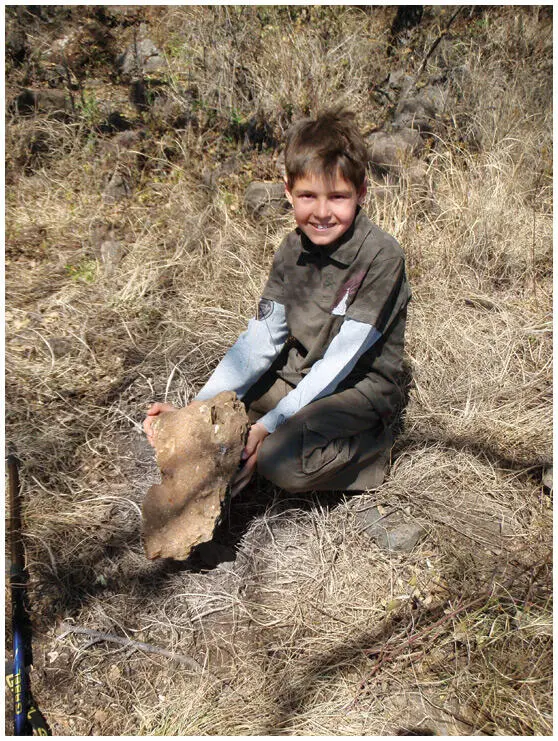
Девятилетний сын Ли Бергера Мэттью, первым обнаруживший останки A. sediba в Малапе: «Папа, я, кажется, нашел!» было началом этой замечательной эпопеи. Ли Бергер
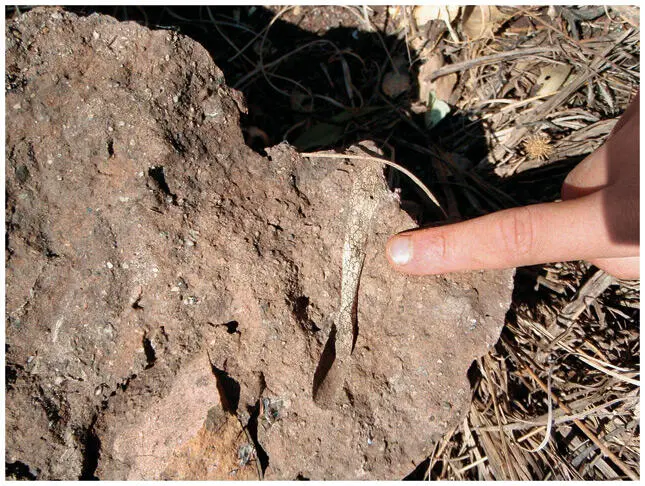
Окаменелость, которую нашел Мэттью Бергер: маленькие белые «вкрапления» в брекчии оказались ключицей древнего человека. Ли Бергер
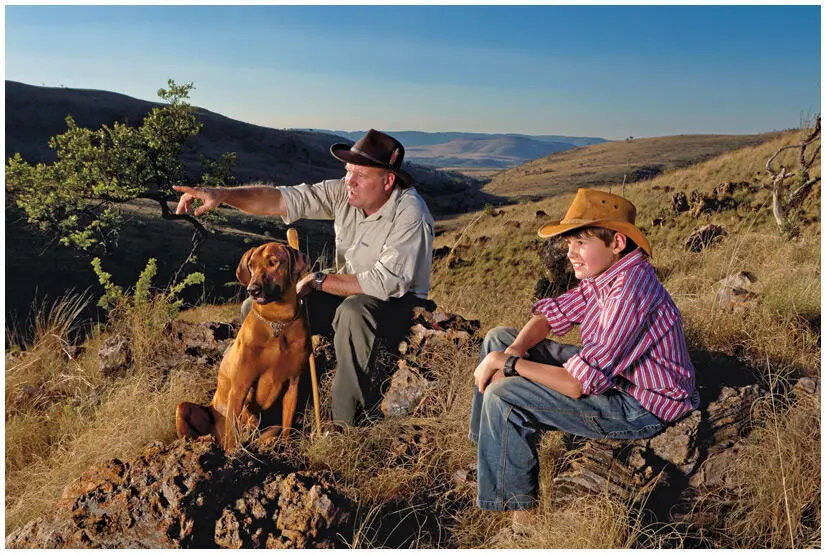
2008 год. Ли Бергер, его сын Мэттью и родезийский риджбек Тау обозревают местность, где были обнаружены останки Australopithecus sediba. Брент Стертон (Getty Images Reportage)
Читать дальше
